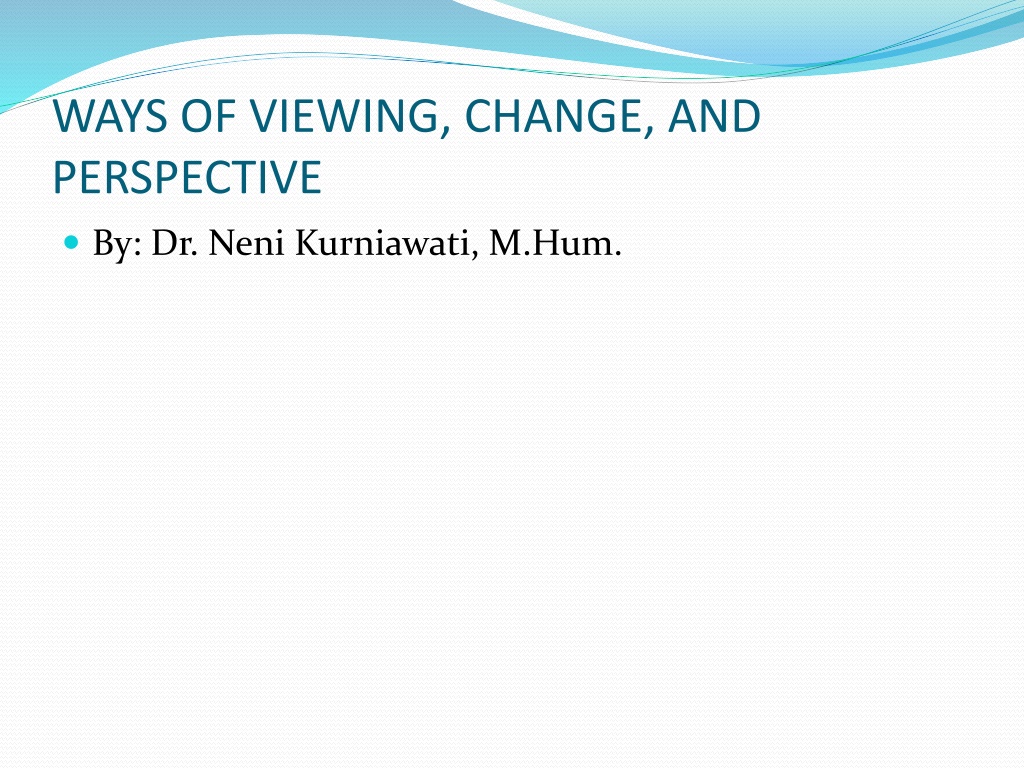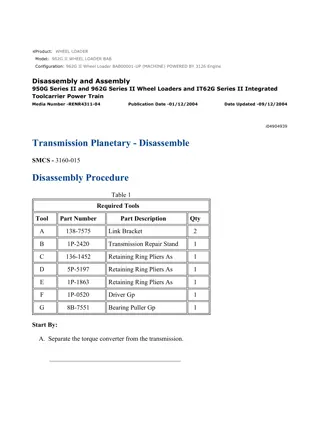
Understanding Cultural Perspectives and Change
Explore the concepts of ethnocentrism, cultural relativism, multiculturalism, dominant culture, subculture, counterculture, high-low-popular culture, and cultural change in society. Learn how different cultures are viewed and how they evolve over time.
Download Presentation

Please find below an Image/Link to download the presentation.
The content on the website is provided AS IS for your information and personal use only. It may not be sold, licensed, or shared on other websites without obtaining consent from the author. If you encounter any issues during the download, it is possible that the publisher has removed the file from their server.
You are allowed to download the files provided on this website for personal or commercial use, subject to the condition that they are used lawfully. All files are the property of their respective owners.
The content on the website is provided AS IS for your information and personal use only. It may not be sold, licensed, or shared on other websites without obtaining consent from the author.
E N D
Presentation Transcript
WAYS OF VIEWING, CHANGE, AND PERSPECTIVE By: Dr. Neni Kurniawati, M.Hum.
Ethnocentrism The principle of using one s own culture as a standard by which to evaluate another group or individual, leading to the view that cultures other that one s own are abnormal. Examples: - European Imperialism - The Mandate of Heaven - Nazi Germany
Cultural relativism The principle of understanding other cultures on their own terms, rather than judging according to one s own culture
Multiculturalism It values diverse racial, ethnic, national, and linguistic backgrounds and so encourages the retention of cultural differences within society, rather than assimilation.
Dominant culture Refers to the values, norms, and practices of the group within society that is most powerful in terms of wealth, prestige, status, and influence A Subculture is a group within society that is differentiated by its distinctive values, norms, and lifestyle A counterculture is a group within society that openly rejects and/or actively opposes society s values and norms Mainstream culture is often characterized by points of dissension and division, which are sometimes called culture wars.
High, Low, and Popular culture Distinguished from low culture based on the characteristics of their audiences, not on charactiristics of their cultural objects. High culture refers to those forms of culture usually associated with the ellite or dominant classes. Popular culture referes to forms of cultural expression usually associated with the masses, consumer good, and consumer products.
Cultural Change Technology Cultural diffusion -> when different groups share their material and nonmaterial culture with each other Cultural leveling -> when cultures that were once distinct become increasingly similar to one another Cultural imperialism -> the imposition of one culture s beliefs, practices, and artifacts on another culture through mass media and consumer products.
Stereotype A thought about specific types of individuals or certain ways of doing things, but that belief may or may not reflect reality. Etymology: solid impression Reflect expectations and beliefs about the characteristics of members of groups perceived as different from one s own. What people think of others. Serve cognitive functions on an interpersonal level and social functions on an intergroup level
Stereotype common stimuli or socialization The biggest stereotypes: racial. Sexual, and gender remarks Common in various cultural media, e.g. Hollywood movies - Latin Americans: gang members, illegal immigrants, house maid, etc. - Nigger: ? - Chinese: ? - Russian: ?
Culture Stereotype All white Americans are obese, lazy, dim-witted, friendly, generous, arrogant, etc All Arabs and Muslims are terrorists Italian and French people are the best lovers All Jews are greedy All Asians are good in math, business
Prejudice Represents the emotional response The affective component of intergroup attitudes People create stereotypes to justify ingroupactions towards outgroup. Example: 1. Justification or ignorance 2. unwillingness to rethink one s attitudes and behavior 3. Preventing some people entering some fields or activities
Discrimination The behavioral component of prejudicial reactions Refers to actions E.g.: American to Nigger - Chinese to Malay



















